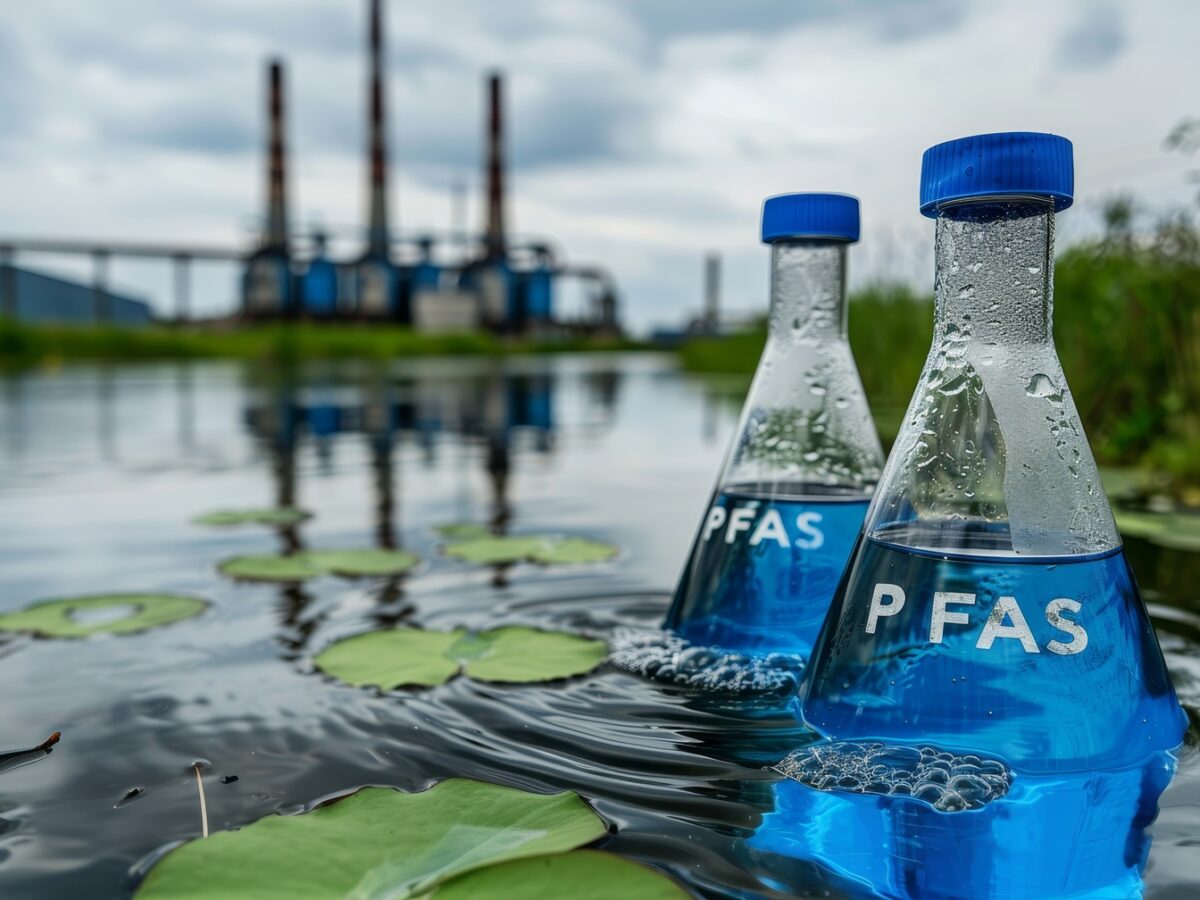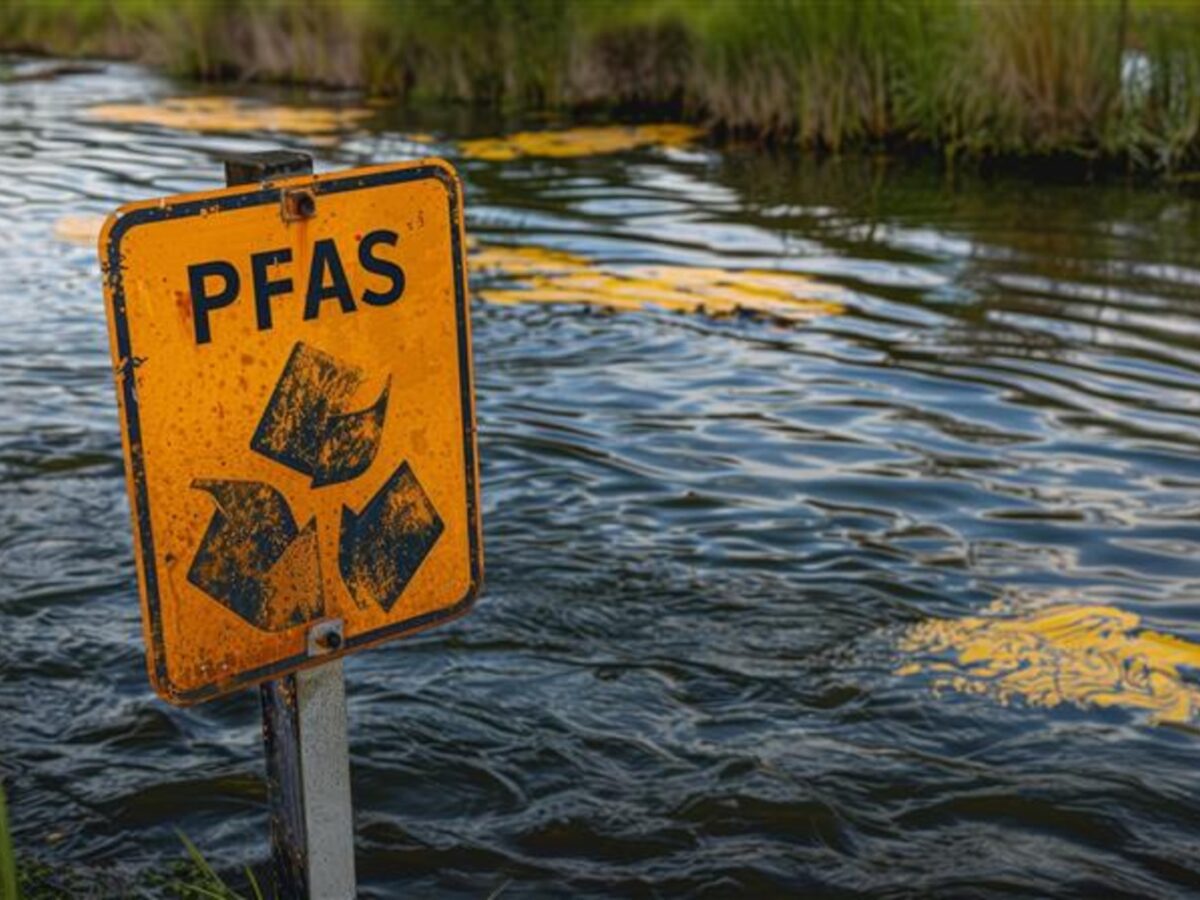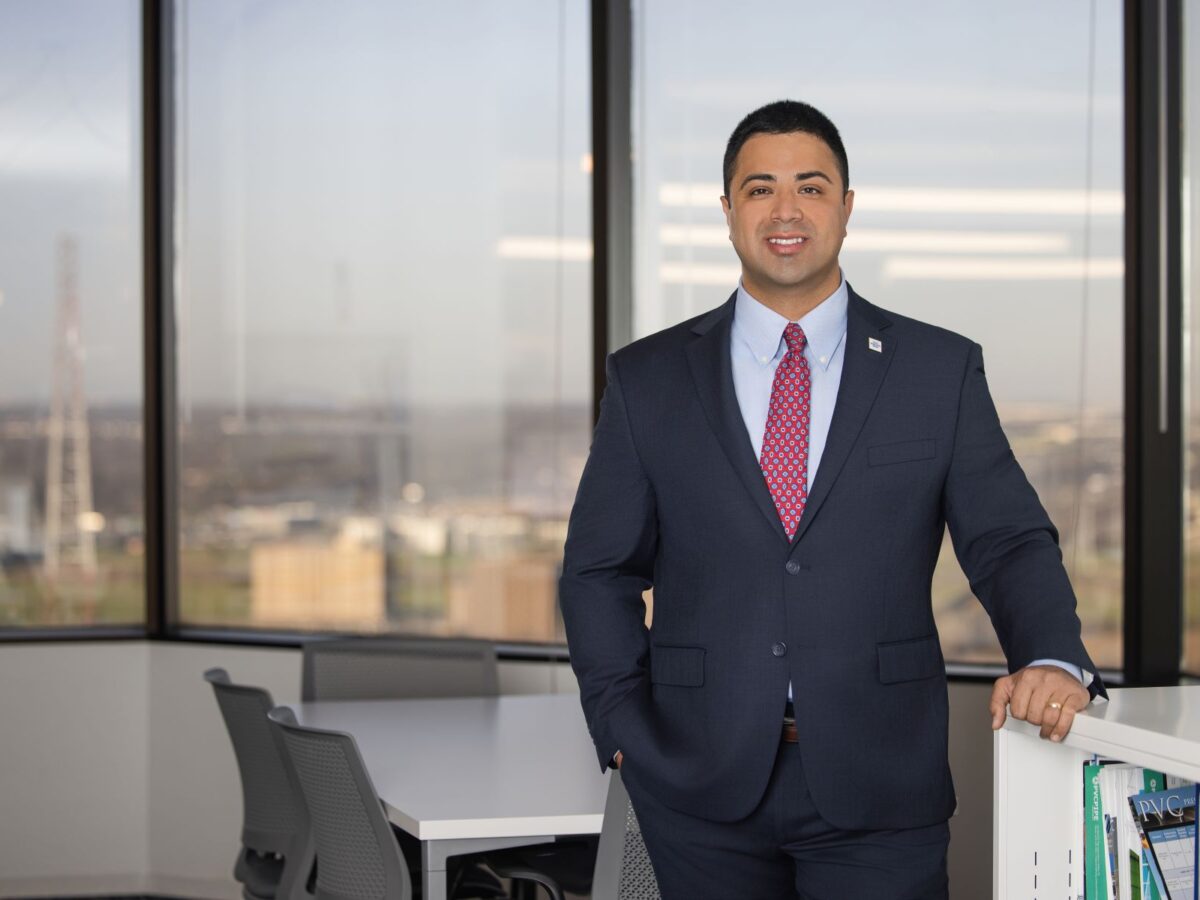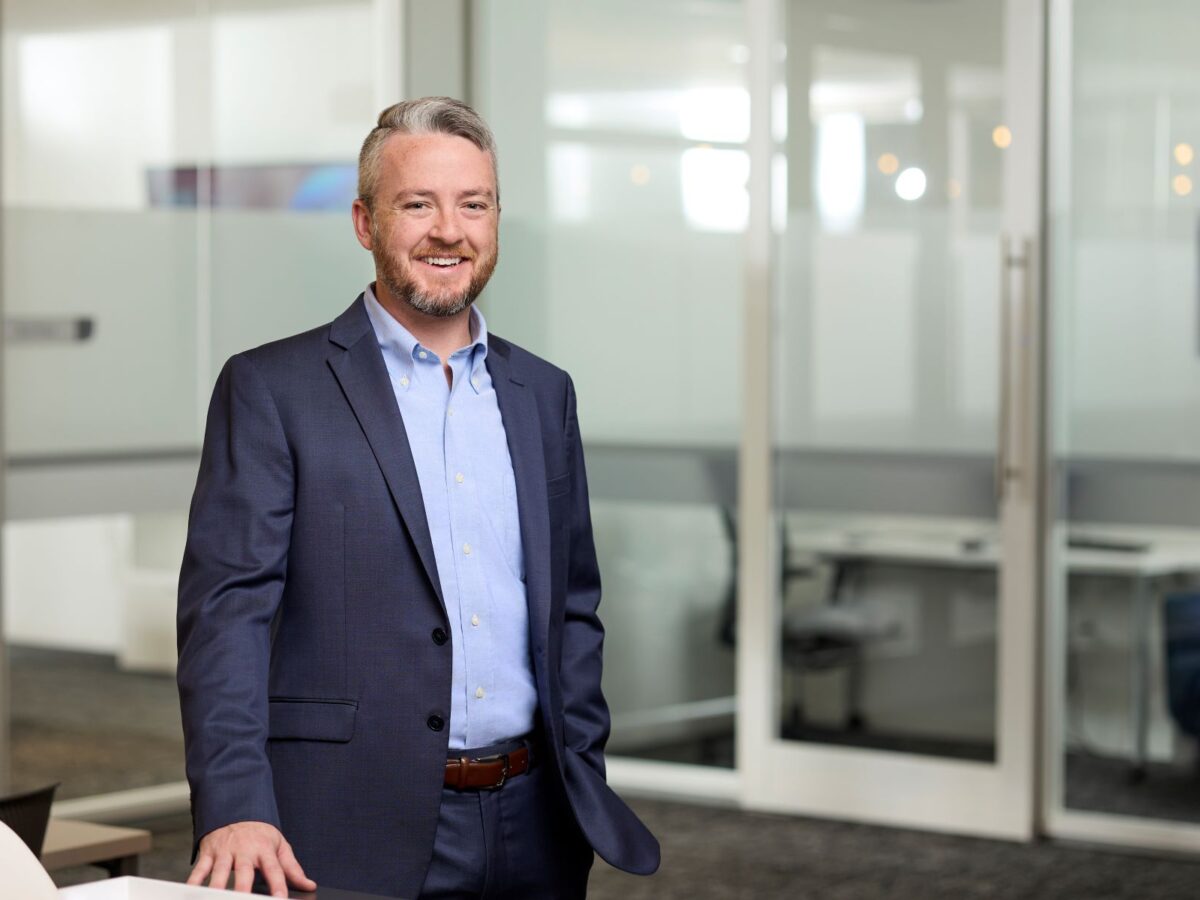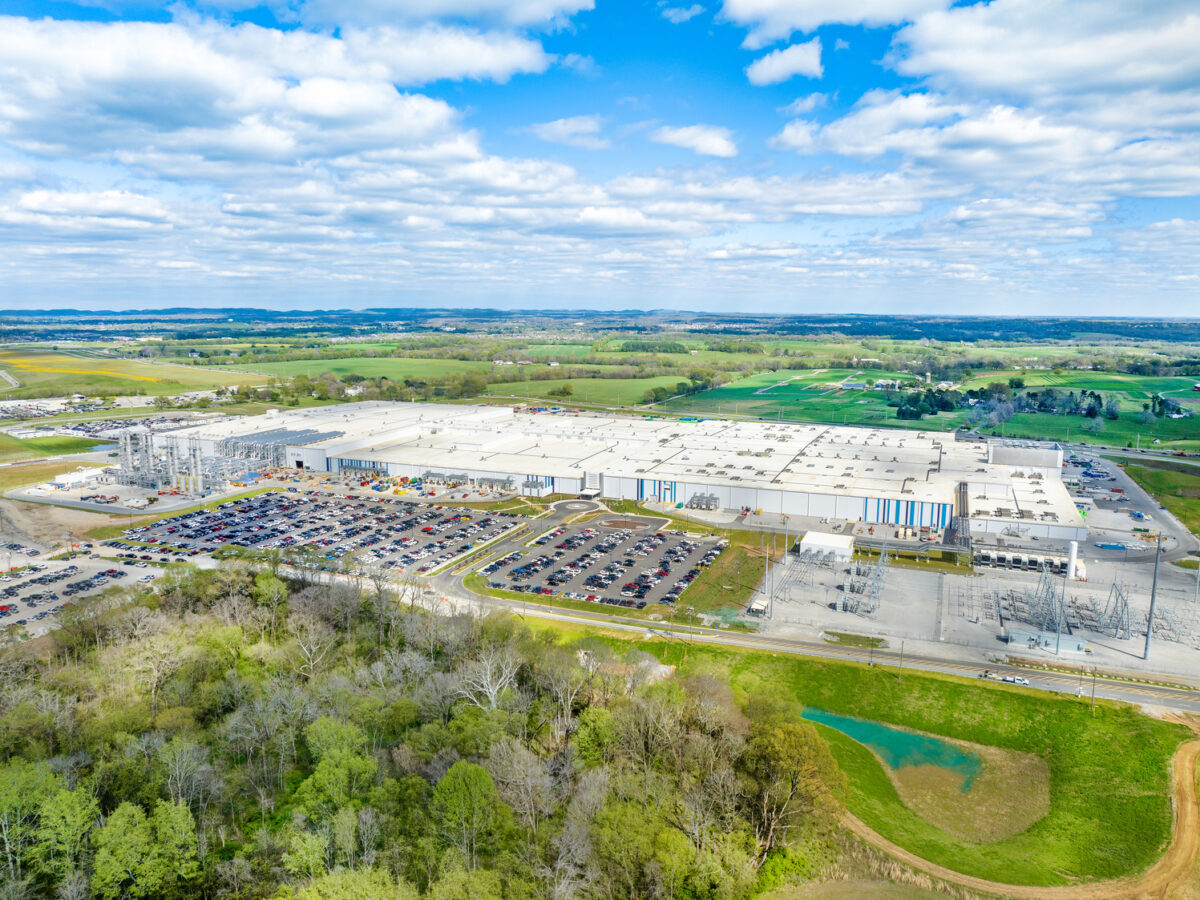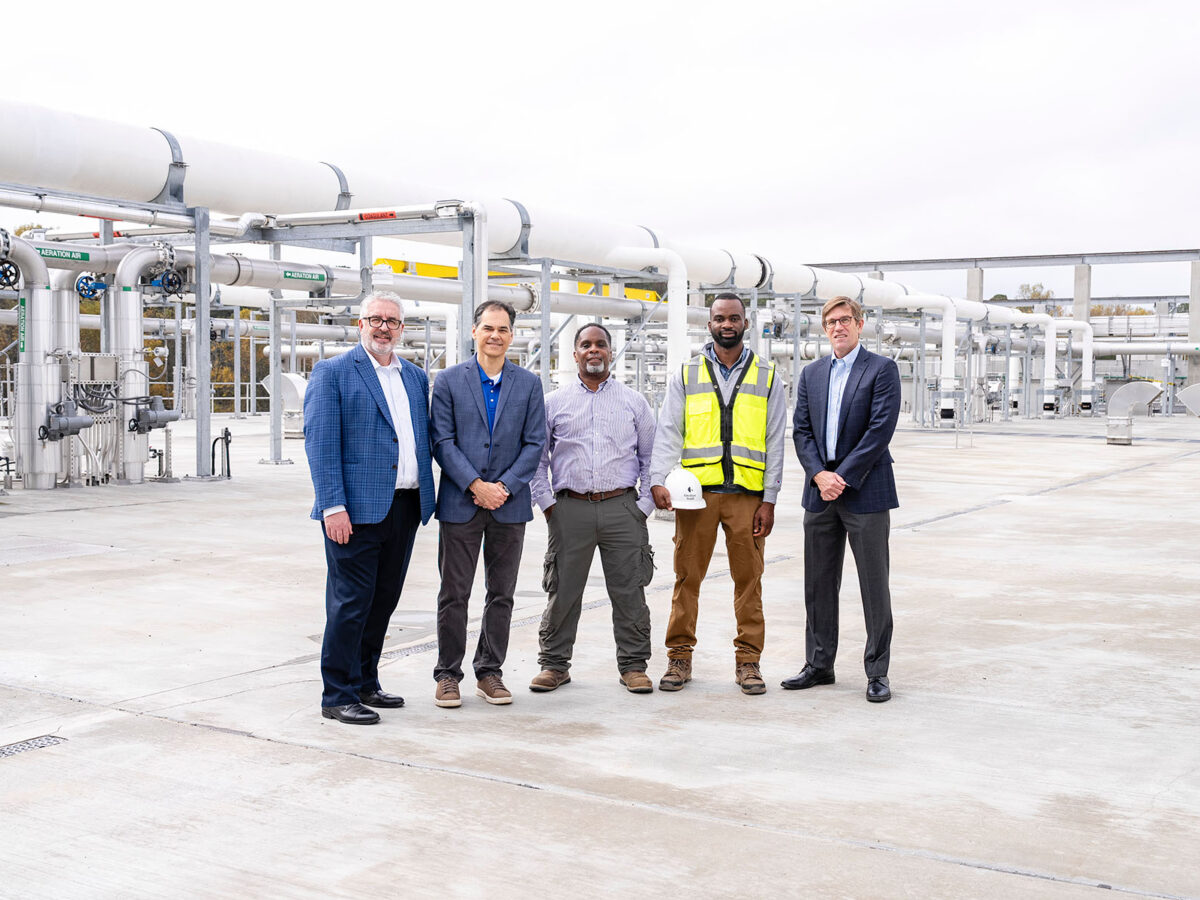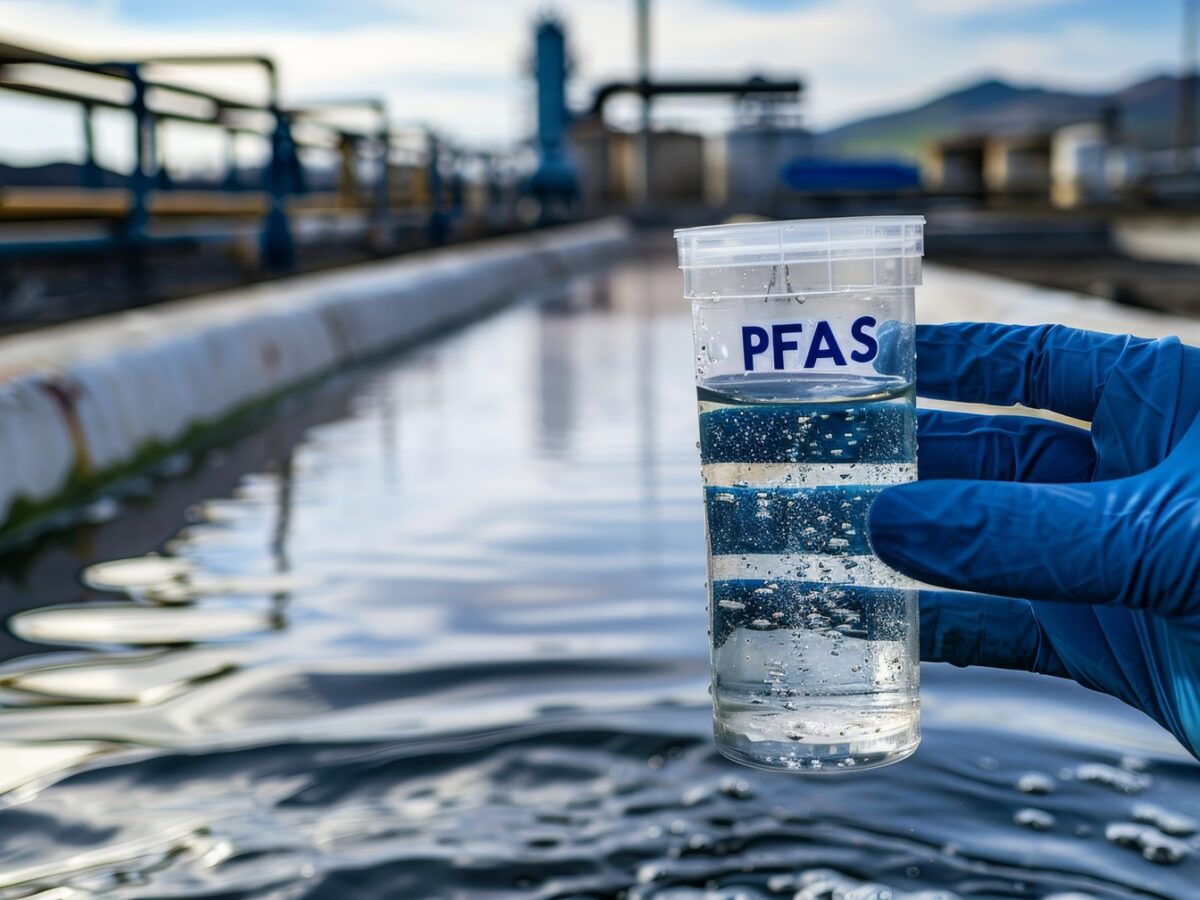Gresham Smith announces that Ben Luke, P.E., a water resource engineer in the firm’s Water + Environment market, is set to present at the Water Environment Federation/International Water Association (WEF/IWA) Innovations in Process Engineering Conference in Portland, OR. The presentation, held on Friday, June 9th, will focus on a bench scale study of peracetic acid paired with chemically enhanced primary treatment optimization to achieve disinfection compliance at the Hagåtña Wastewater Treatment Plant in Guam.
See below for a summary of the presentation.
Disinfection of Primary Effluent: Bench Scale Evaluation of Peracetic Acid to Achieve Enterococcus Limits for CEPT Marine Discharge
Over the last decade, peracetic acid (PAA) has become known as a reliable option for the inactivation of pathogenic microbes in wastewater effluent, especially in challenging conditions. However, there has been limited research into the application of PAA in conjunction with a chemically enhanced primary treatment (CEPT) process to achieve disinfection compliance for Enterococcus.
Guam Waterworks Authority (GWA) owns and operates the 12-MGD Hagåtña Wastewater Treatment Plant (WWTP), a CEPT facility, situated on a man-made island off the coast of Hagåtña, Guam. This facility is authorized under the NPDES permit program to discharge treated effluent through a modified deep ocean outfall pipe approximately 2,600 linear feet into the Philippine Sea, a sensitive marine environment. With a goal of implementing interim disinfection prior to the upgrade of the facility to secondary treatment, GWA initiated a study to evaluate the effectiveness of PAA to achieve Enterococcus limits while simultaneously optimizing the CEPT process to aid with disinfection compliance.
During this presentation, Gresham Smith’s Ben Luke will explain the bench scale study methodologies and findings, highlighting the wide-ranging application possibilities for inactivating pathogens at primary treatment facilities, CSO discharge facilities, and blended wastewater effluents resulting from wet weather events.

